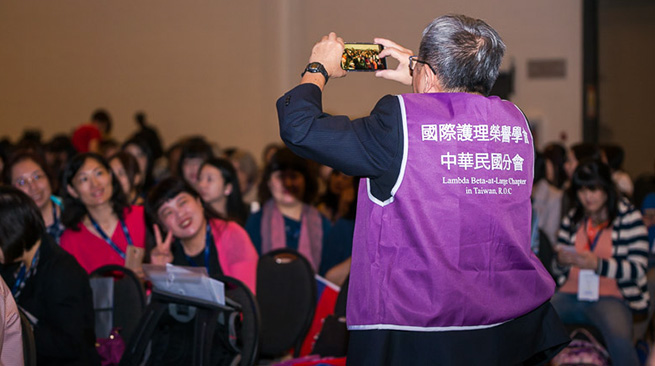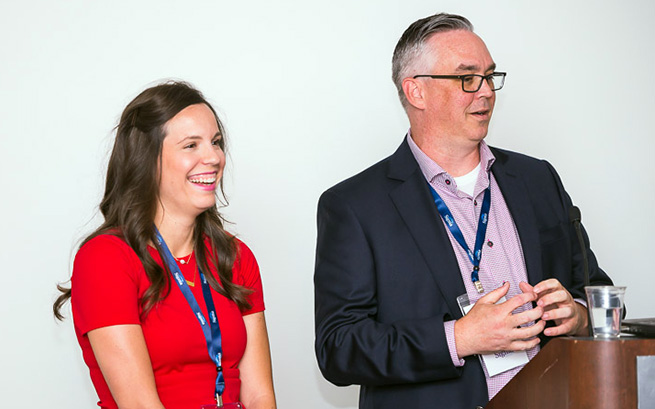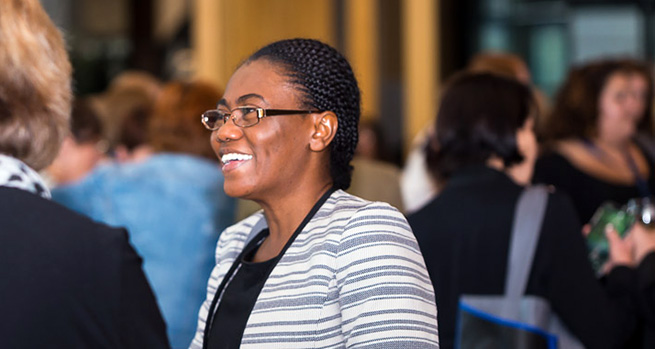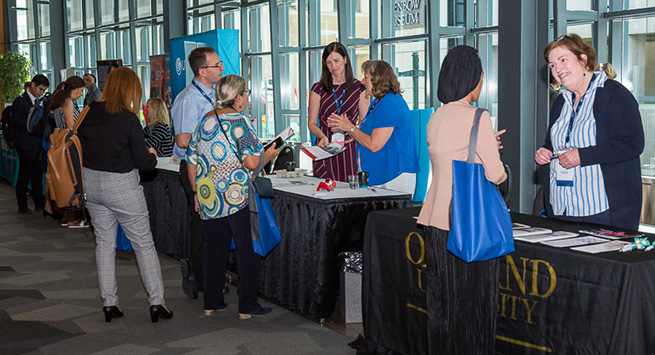Deciding to engage with the media is one piece of the puzzle. Learning how to talk with the media is another.
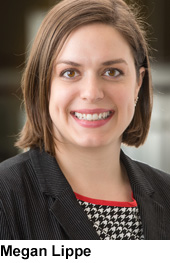 Yahoo! Today’s opening plenary session kicked off with the exciting induction of Beth Baldwin Tigges, PhD, RN, PNP, BC, president of Sigma Theta Tau International Honor Society of Nursing (Sigma), and Elizabeth Madigan, PhD, RN, FAAN, Sigma’s chief executive officer, as honorary citizens of Calgary, Alberta, Canada, in the city’s traditional White Hat Ceremony. From there, the first day of the 30th International Nursing Research Congress was a dynamic and engaging exploration of this year’s congress theme, Theory-to-Practice: Catalyzing Collaborations to Connect Globally.
Yahoo! Today’s opening plenary session kicked off with the exciting induction of Beth Baldwin Tigges, PhD, RN, PNP, BC, president of Sigma Theta Tau International Honor Society of Nursing (Sigma), and Elizabeth Madigan, PhD, RN, FAAN, Sigma’s chief executive officer, as honorary citizens of Calgary, Alberta, Canada, in the city’s traditional White Hat Ceremony. From there, the first day of the 30th International Nursing Research Congress was a dynamic and engaging exploration of this year’s congress theme, Theory-to-Practice: Catalyzing Collaborations to Connect Globally.
I attended a special session presentation by Diana Mason, PhD, RN, FAAN, titled “Woodhull Study Revisited: Why Your Research Isn’t Making Headlines.” The original 1997 Woodhull study found that 4% of newspapers and 1% of weeklies and industry publications cited nurses as a media source. Twenty years later, in the 2017 replication study, nurses were cited as sources by only 2% of newspapers and weeklies and remained at 1% for industry publications. Mason encouraged nurses to have a more prolific media presence.
In the latter study, Mason and colleagues interviewed healthcare journalists to determine their views about engaging nurses as news sources. One key finding was that they don’t fully understand the role of nurses and don’t know how to find nurses to serve as sources. The journalists also disclosed to the researchers that they had to justify having nurses as news sources to their editors but didn’t face the same scrutiny when citing physicians. Conclusion? Biased newsrooms should energize nurses to advocate that their voices be heard in the media.
To help address nursing’s lost voice in the media, Mason offered some poignant suggestions for all nurses. First, nurses need to be proactive with press releases and have a strategy for highlighting their work. Research should not only be shared in scholarly, peer-reviewed journals but also reframed to communicate the “so what” to make it relevant for the lay population. Press releases highlight the important work that nurses do. Nurses and scholars thus should consider developing a multimedia dissemination plan as part of their scholarly and clinical practice research process.
She also observed that, because Twitter is the media platform of choice for journalists, nurses should follow local healthcare journalists, respond to their tweets, and share ideas for stories to help further the presence of nurses in the media. Learning how to share thoughts in 280 characters or fewer helps nurses figure out the “so what” and find ways to make their messages more appealing for the masses.
Deciding to engage with media is only one piece of the puzzle. Another is, how should nurses actually talk with the press? One suggestion Mason offered is to request training from your institution’s public relations department. She also noted that nurses must make sure they respond—journalists have reported that sometimes when they reached out, nurses didn’t reply. But rather than responding immediately, she said, consider contacting the journalist and making an appointment to call in 10-15 minutes. Using that time to outline key points of your message and deciding how to frame it for the general public will strengthen its impact and make it more meaningful. Think about the story you have to tell, said Mason, and find a way to package it for broader impact and increased appeal.
As nurses, we all have important perspectives to share, so we must not remain silent. We cannot wait for a major media event to mobilize our voices in a reactionary way, as with the Show Me Your Stethoscope Movement of a few years ago. Mason’s presentation has energized me to think about how I can be a more proactive and effective voice for the nursing profession via sources other than scholarly journals. Imagine the impact of our combined voices if we all engage more with the media. RNL
Megan Lippe, PhD, RN, is an assistant professor at The University of Alabama Capstone College of Nursing in Tuscaloosa, Alabama, USA.
Below are a few pictures from Thursday’s events. All photos will be posted here a few days after congress is over. Our photographer is Suzan McEvoy.
